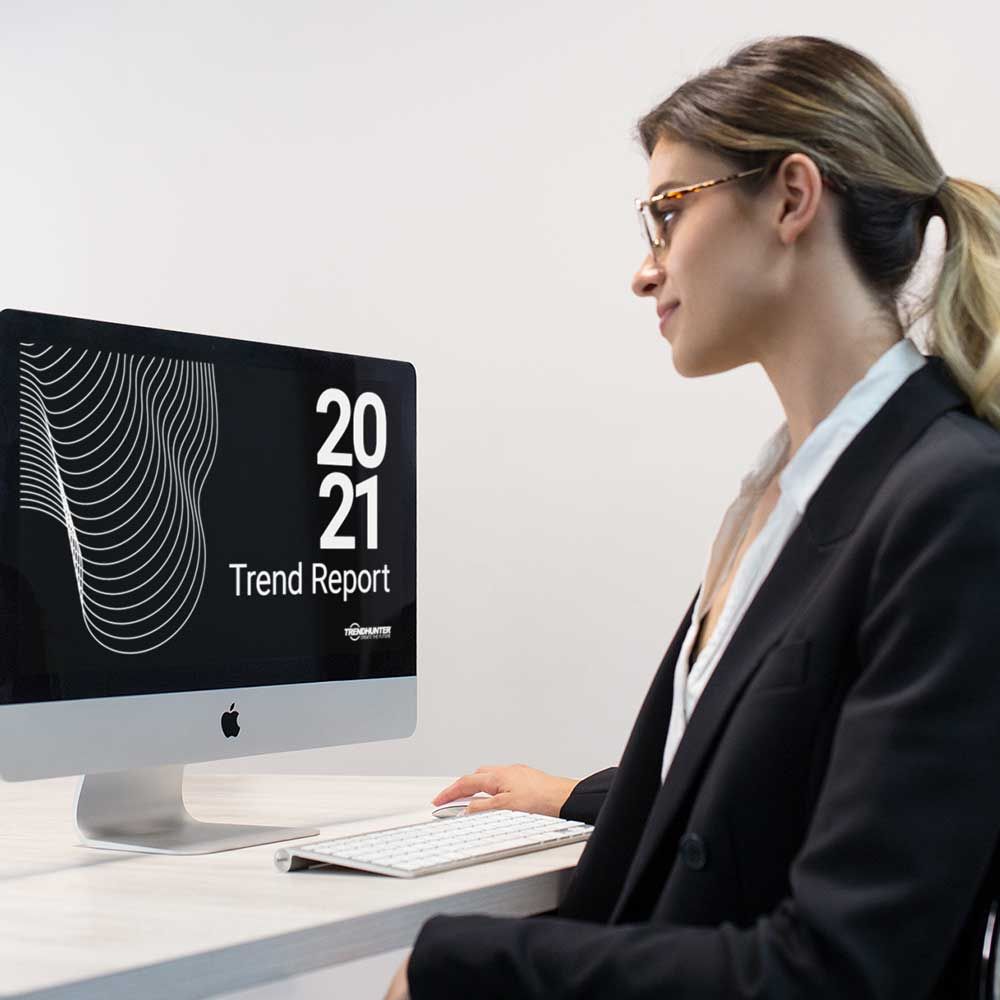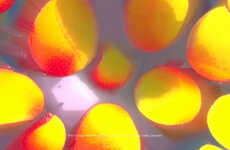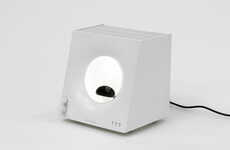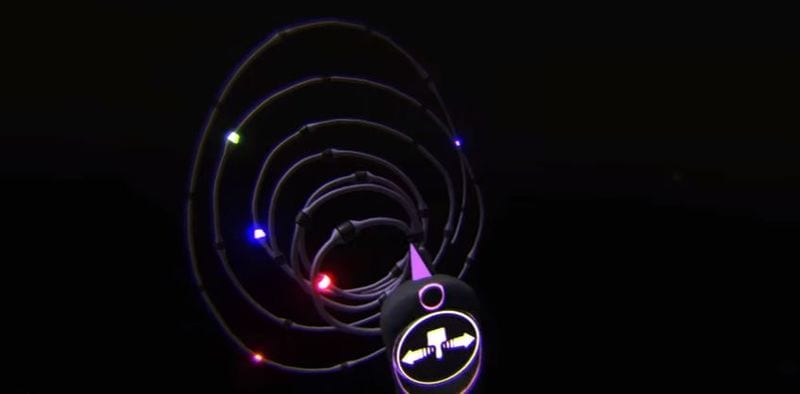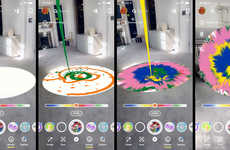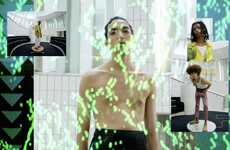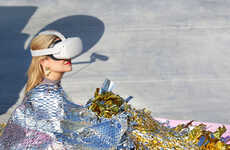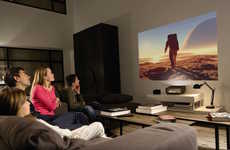
Google's 'Tilt Brush' VR Paintings React to Audio Inputs Like Music
As if Google's 'Tilt Brush,' the tool that allows for amazing VR paintings, isn't impressive enough, the company has released an update that makes those 3D artworks respond to music and other audio inputs. The brilliant lines and brushstrokes available in Tilt Brush's VR paintings will now "bounce, sway, move and pulse" with the beat or with any other soundscape consumers create.
According to Google, Tilt Brush users need only to play computer audio from any source -- be it an app, a browser window, or anything else -- and enable "Audio Reactor" mode on their Tilt Brush. They can then paint as before and watch their sketches visualize the sonic input.
Aside from the visceral impact that musical VR paintings would have, the fact that the paintings respond to any sound opens up creative possibilities. Experimental artists could use the new technology to create immersive visual and auditory landscapes beyond anything previously available.
According to Google, Tilt Brush users need only to play computer audio from any source -- be it an app, a browser window, or anything else -- and enable "Audio Reactor" mode on their Tilt Brush. They can then paint as before and watch their sketches visualize the sonic input.
Aside from the visceral impact that musical VR paintings would have, the fact that the paintings respond to any sound opens up creative possibilities. Experimental artists could use the new technology to create immersive visual and auditory landscapes beyond anything previously available.
Trend Themes
1. Sound-synced VR Art - The fusion of VR and sound technology has formed a unique immersive experience that artists can fully utilize to exceed creative boundaries.
2. Audio-responsive Design - Integrating audio-reactive features into different digital applications could boost user engagement and create unforgettable experiences.
3. Immersive Sensory Art - Creating art that interacts with more than just sight can lead the way for artists seeking to develop projects that could offer a more sensory experience for audiences.
Industry Implications
1. Virtual Reality - Expanding VR technology to be more than just a visual experience could encourage further development in software and hardware.
2. Art and Design - With the ability to create artworks that can react to the sound, artists from different genres and styles could leverage this technology to enhance the narratives they want to visualize.
3. Entertainment and Events - The utilization of the sound-synced VR art could provide an opportunity for event organizers and institutions to create immersive installations that cater to different demographics and occasions.
3.3
Score
Popularity
Activity
Freshness
